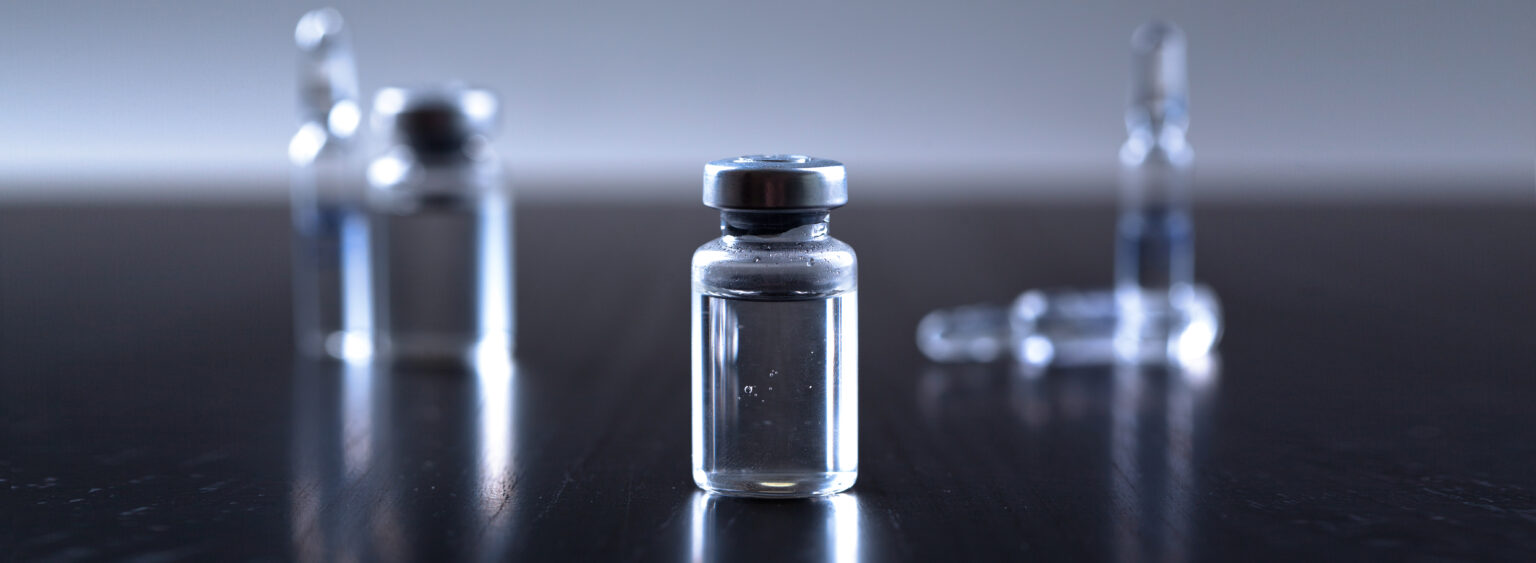
February 7, 2025
Anne M. Schuler
Microbial stability studies, pharmaceuticals, reconstituted drug products, diluted drug products, microbial contamination, microbial hold time study
USP <51>, Antimicrobial Effectiveness Testing
Pharmaceutical companies must go to great lengths to produce a drug product that is sterile and safe for use. When the sterile product is administered immediately after penetration of the container closure system there is no time for microorganisms which may have entered the during penetration to grow. However, many sterile drug products require reconstitution or dilution in a hospital pharmacy prior to use. These prepared drugs may then be held for a period of time prior to administration during which time microorganisms have an opportunity to grow. Manufacturers of non-preserved drugs, that will not be immediately administered to a patient, must demonstrate that the product will not support microbial growth during the labeled storage period under the stated storage conditions.
ICH Guideline Q8 (R2) Pharmaceutical Development states: “Where relevant, microbial challenge testing under testing conditions that, as far as possible, simulate patient use should be performed during development. Additionally, ICH Guideline Q1A (R2) Stability Testing of New Drug Substances and Products provides the following instruction: “Stability testing of the drug product after constitution or dilution, if applicable, should be conducted to provide information for the labeling on the preparation, storage condition, and in-use period of the constituted or diluted product. This testing should be performed on the constituted or diluted product through the proposed in-use period on primary batches as part of the formal stability studies at initial and final time points”
LexaMed performs Microbial Stability Studies (MSS) to evaluate the microbiological stability of drug products under specified storage conditions following reconstitution and/or dilution with specified diluents to demonstrate the product does not support microbial growth throughout storage in its end-use condition.
Test articles are reconstituted and/or diluted with diluents specified in the product labeling and then inoculated with ≤ 100 CFU/mL of the challenge organisms. Challenge organisms include strains listed in USP <51> Antimicrobial Effectiveness Test specifically, Escherichia coli, Pseudomonas aeruginosa, Staphylococcus aureus, Candida albicans, Aspergillus brasiliensis and typical skin flora associated with nosocomial infection. The inoculated test articles are then stored at the storage conditions (temperature and duration) specified in the proposed label. A positive control prepared in the diluent solution and a product negative control (without inoculation) are also included.
Test articles are stored for a period exceeding 2-3 times that of the maximum holding time in the proposed label with samples tested at periodic intermediate timepoints during storage to demonstrate that the diluted product does not support microbial growth for at least the maximum storage period under the specified storage conditions. At each sampling timepoint, surviving viable microorganisms are enumerated using a qualified neutralization method. The change in log10 values of the microbial concentration at each timepoint are calculated and compared to the initial positive control concentration and expressed in terms of log10 change. A test article is considered to have microbial growth if the population is increased by more than 0.5 log10 units compared to the initial value measured. For more information about MSS testing at LexaMed or help with study design please reach out to our subject matter expert, Xiaoqun (Xiao) Zeng by completing the form.
Copyright @ 2025 LexaMed. All Rights Reserved